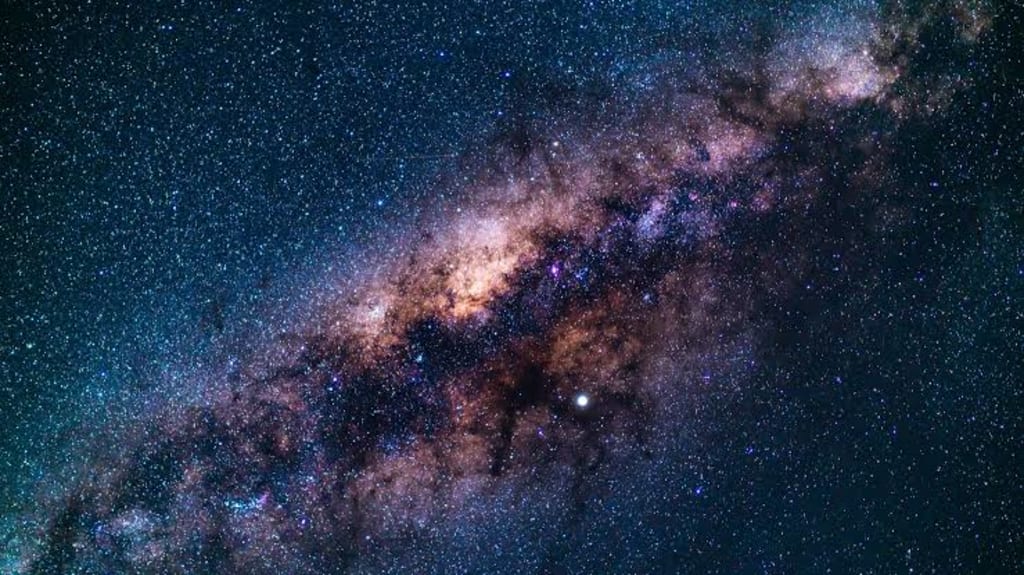
The Apollo program was a series of space missions undertaken by NASA between 1961 and 1975 with the goal of landing a human on the moon and returning them safely to Earth. Here is a brief history of all the Apollo missions:
Apollo 1 (AS-204): The first Apollo mission was scheduled to launch on February 21, 1967, but tragically ended in disaster during a pre-launch test on January 27, 1967. A fire broke out in the capsule, killing all three crew members, Virgil "Gus" Grissom, Edward H. White II, and Roger B. Chaffee.
Apollo 7: This was the first successful manned Apollo mission, launched on October 11, 1968, with Walter M. Schirra Jr., Donn F. Eisele, and R. Walter Cunningham on board. The mission was primarily a test of the Apollo spacecraft in low Earth orbit.
Apollo 8: This was the first manned mission to orbit the moon, launched on December 21, 1968, with Frank Borman, James A. Lovell Jr., and William A. Anders on board. The crew famously took the iconic "Earthrise" photo.
Apollo 9: This mission was a test of the Lunar Module (LM) in Earth orbit, launched on March 3, 1969, with James A. McDivitt, David R. Scott, and Russell L. Schweickart on board.
Apollo 10: This mission was a dress rehearsal for the first moon landing, launched on May 18, 1969, with Thomas P. Stafford, John W. Young, and Eugene A. Cernan on board. The crew flew the LM down to within 8.4 nautical miles of the lunar surface before returning to the Command/Service Module (CSM).
Apollo 11: This was the first mission to land humans on the moon, launched on July 16, 1969, with Neil Armstrong, Edwin "Buzz" Aldrin, and Michael Collins on board. Armstrong and Aldrin became the first humans to walk on the moon on July 20, 1969.
Apollo 12: This mission was launched on November 14, 1969, with Charles "Pete" Conrad Jr., Alan L. Bean, and Richard F. Gordon Jr. on board. The crew successfully landed in the Oceanus Procellarum region of the moon.
Apollo 13: This mission was famously aborted after an oxygen tank exploded in the Service Module, damaging the spacecraft and putting the crew in grave danger. The crew, James A. Lovell Jr., John L. Swigert Jr., and Fred W. Haise Jr., returned safely to Earth on April 17, 1970, thanks to the ingenuity of the ground crew and the astronauts themselves.
Apollo 14: This mission was launched on January 31, 1971, with Alan B. Shepard Jr., Stuart A. Roosa, and Edgar D. Mitchell on board. Shepard famously hit two golf balls on the lunar surface with a makeshift club.
Apollo 15: This mission was launched on July 26, 1971, with David R. Scott, Alfred M. Worden, and James B. Irwin on board. The crew spent three days on the lunar surface and drove the first Lunar Roving Vehicle (LRV).
Apollo 16: This mission was launched on April 16, 1972, with John W. Young, Thomas K. Mattingly II, and Charles M. Duke Jr. on board. The crew spent three.
These missions were important for several reasons:
Technological advancement: The Apollo missions helped advance the United States' technological capabilities in areas such as rocketry, spacecraft design, and navigation. The technology developed for the Apollo program also had practical applications in fields such as medicine, telecommunications, and transportation.
National prestige: At the time, the United States was engaged in a Cold War with the Soviet Union, and the Apollo missions were seen as a demonstration of American technological superiority. The successful landing of the Apollo 11 mission on the Moon in 1969 was a significant achievement that boosted national pride and prestige.
Scientific research: The Apollo missions provided scientists with the opportunity to conduct experiments on the Moon and bring back samples of lunar material for analysis. This research has contributed significantly to our understanding of the formation and evolution of the Moon and the early history of the solar system.
Exploration and inspiration: The Apollo missions inspired a generation of scientists and engineers, and sparked interest in space exploration among the general public. The legacy of the Apollo program continues to inspire new generations to pursue careers in science, technology, engineering, and mathematics.
In summary, the Apollo missions were important for their technological, scientific, and cultural impact, and represented a significant achievement in human space exploration.
About the Creator
Enjoyed the story? Support the Creator.
Subscribe for free to receive all their stories in your feed. You could also pledge your support or give them a one-off tip, letting them know you appreciate their work.





Comments
There are no comments for this story
Be the first to respond and start the conversation.